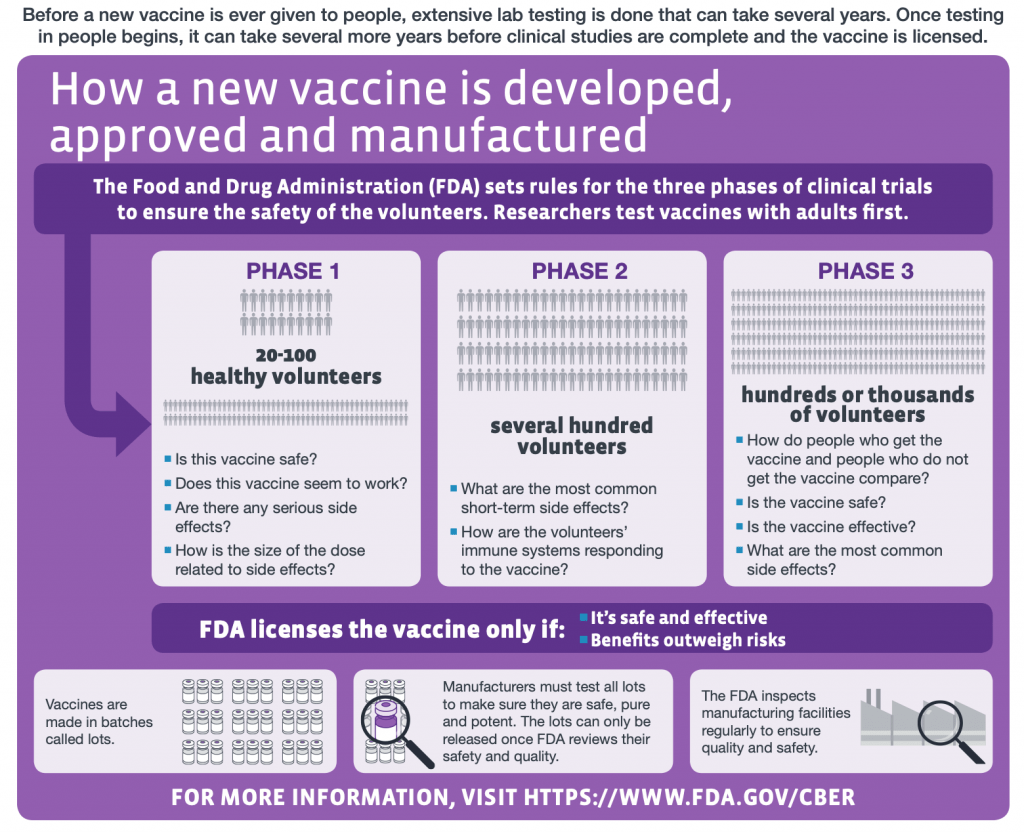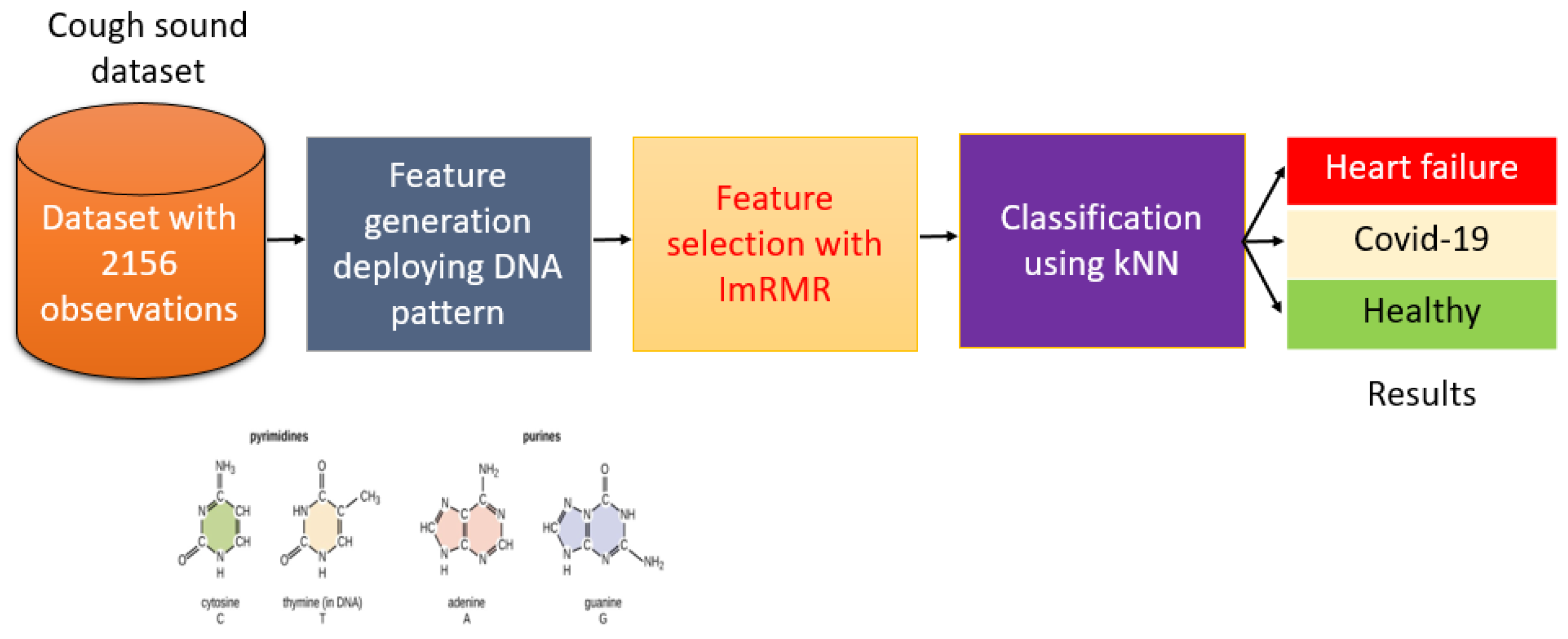Anti-Aging Pill: Revolutionizing Longevity with Metformin
In today’s quest for perpetual youth, the concept of an anti-aging pill tantalizes many yearning for a remedy to combat the inevitable effects of aging. Recent breakthroughs from scientists at the Albert Einstein College of Medicine highlight the potential of Metformin as a critical ingredient in this revolutionary pill, aiming to promote longevity and healthspan. As hailed by the ongoing TAME study (Targeting Aging with Metformin), researchers are optimistic about slowing the aging process and mitigating age-related diseases. Unlike temporary solutions like creams or hormones, this anti-aging pill is grounded in scientific research and real-world applications, making it a unique candidate in longevity medicine. With these innovative advancements shaping the future, the dream of extending youth may be closer than we ever imagined.
The pursuit of extending youthfulness has led to the development of groundbreaking solutions, with the anti-aging pill taking center stage in this narrative. Referred to as longevity-enhancing tablets, these innovative formulations aim to tackle the challenges of the aging process directly. Through the inclusion of familiar compounds like Metformin, researchers are exploring how these pills can potentially alter the trajectory of age-related health issues. The TAME initiative exemplifies targeted methods aimed at increasing not just lifespan but improving the overall healthspan of individuals. As science progresses, these longevity therapies are evolving, promising a future where aging may not be so daunting.
Understanding the Science Behind the Anti-Aging Pill
The development of an anti-aging pill is an exciting frontier in modern medicine, particularly with the involvement of Metformin, a drug historically used for type 2 diabetes management. Researchers from the Albert Einstein College of Medicine propose that Metformin could not only manage diabetes but may also extend healthspan by targeting the underlying processes of aging. This revolutionary approach challenges conventional perceptions of aging, transforming it from an inevitable decline to a potentially modifiable condition.
The Targeting Aging with Metformin (TAME) study aims to examine how Metformin can affect the aging process in humans. Preliminary studies show promise, revealing that Metformin can improve metabolic functions and reduce the risk of age-related diseases. By enrolling a diverse group of senior citizens suffering from various health issues, the TAME study hopes to shed light on Metformin’s ability to mitigate aging effects, ultimately guiding future research toward effective anti-aging solutions.
The Role of Metformin in Promoting Longevity
Metformin is gaining recognition beyond its primary use in diabetes treatment, as researchers explore its potential to promote longevity and improve the quality of life in older adults. Current studies indicate that Metformin could lower the incidence of age-related illnesses like cardiovascular diseases and certain cancers, significantly enhancing what is referred to as ‘healthspan.’ This term underscores the focus on living a longer, healthier life rather than merely increasing lifespan.
Moreover, by investigating Metformin’s mechanisms, such as its role in reducing calorie intake and combating inflammation, the scientific community aims to understand how this drug acts at a cellular level. With evidence of its benefits in model organisms, Metformin stands at the forefront of anti-aging research, promising a pathway to not only slow the aging process but also improve overall health and vitality in aging populations.
Implications of the TAME Study on Aging Research
The TAME study’s implications are profound as it sheds light on a groundbreaking approach to aging research. By focusing on a well-studied drug like Metformin, scientists are leveraging existing data to push boundaries in understanding the aging process. This initiative illustrates a significant shift in medical research, aiming not only to add years to life but also to focus on enhancing the quality of those years, thus targeting healthspan.
Furthermore, the involvement of the FDA and the American Federation for Aging Research underscores the importance of validating the efficacy of such treatments. As more studies like TAME emerge, they pave the way for developing innovative drugs that could revolutionize how society perceives aging, fostering an environment where aging may become a manageable condition rather than a predetermined decline.
Exploring Other Potential Anti-Aging Drugs
While Metformin has garnered attention, other potential candidates for anti-aging drugs are also under investigation. One such contender is rapamycin, which has demonstrated promising results as an anti-aging compound in various studies. This drug, with its mechanisms of inhibiting the mTOR pathway, may help in delaying the onset of age-related diseases. As research evolves, it is critical to explore these alternatives thoroughly and understand their implications on healthspan.
Additionally, the investigation into various compounds and their effects on aging provides a multifaceted approach in combating age-related ailments. The exploration of antioxidant therapies, hormonal treatments, and even dietary interventions opens doors to various strategies that aim to enhance longevity. The emphasis on a synergistic approach will likely yield the most effective outcomes, leading to a comprehensive understanding of how to optimize health in our later years.
The Promise of Antioxidation in Anti-Aging Solutions
Antioxidation is a critical component in the conversation surrounding anti-aging solutions. Free radicals and oxidative stress are often implicated in the aging process and age-related diseases, making antioxidants a key focus in research. With studies suggesting that enhancing the body’s antioxidant capacity could mitigate age-related damage, scientists are keen to develop effective antioxidant therapies.
By integrating antioxidants into potential anti-aging pills, researchers hope to create comprehensive solutions that combine Metformin’s metabolic benefits with the protective qualities of antioxidants. This approach aims to address not just the symptoms of aging but its underlying causes, potentially leading to a new era in longevity science.
The Financial Commitment to Anti-Aging Research
Financing cutting-edge research is essential for the development of groundbreaking treatments, such as the anti-aging pill derived from Metformin. The TAME study, with its estimated cost of $50 million, highlights the significance of investment in this area of science. This funding is crucial for conducting rigorous clinical trials that can confirm the efficacy and safety of potential anti-aging therapies.
Moreover, evidence of potential breakthroughs could encourage further investments from both public and private sectors, fostering a thriving research ecosystem. As the demand for effective anti-aging solutions rises, financial commitment becomes a foundation for translating innovative ideas into practical, life-enhancing treatments for aging populations.
Understanding Healthspan Versus Lifespan
A vital distinction in the anti-aging discourse is the difference between healthspan and lifespan. While lifespan refers to the total number of years a person lives, healthspan focuses on the period during which an individual can live in good health, free from chronic diseases. This shift in perspective emphasizes the importance of not just living longer, but ensuring that those additional years are spent in optimal health.
The development of an anti-aging pill is rooted in this philosophy, with research like the TAME study aiming to expand healthspan through metabolic interventions such as Metformin. By focusing on enhancing the quality of life as one ages, scientists aspire to create treatments that remove the limitations commonly associated with old age, ultimately redefining what it means to grow older.
Public Perception and Acceptance of Anti-Aging Therapies
Public perception of anti-aging therapies is a critical aspect that influences research, funding, and adoption of innovative treatments. As awareness of the potential benefits of medications like Metformin grows, there is a concurrent need to address skepticism regarding their usage. Clear communication about the realistic outcomes of anti-aging studies, as well as the emphasis on improving health rather than halting aging altogether, can help in shaping a favorable public mindset.
Moreover, fostering acceptance of scientifically-backed anti-aging therapies may encourage individuals to proactively engage in their health management. By understanding that longevity and healthspan can be enhanced through drug therapies, lifestyle changes, and proactive health measures, individuals may become more willing to embrace and support these advancements in aging research.
Regulatory Landscape for Anti-Aging Treatments
As the research into anti-aging therapies progresses, understanding the regulatory landscape is vital for ensuring safety and efficacy. The involvement of the FDA in studies like TAME plays a crucial role in maintaining rigorous standards that protect public health while facilitating innovation. Navigating these regulations is essential to bring promising drugs like Metformin to market effectively.
Continuing dialogue between researchers, regulatory bodies, and policy-makers will help in addressing challenges and streamlining processes necessary for clinical approvals. As regulatory frameworks evolve, they will be instrumental in determining how swiftly and efficiently new anti-aging treatments can emerge, ensuring they meet the health needs of an aging population.
Frequently Asked Questions
What is an anti-aging pill and how does Metformin play a role in it?
An anti-aging pill is a proposed medication that aims to slow down the aging process and promote longevity. Metformin, traditionally used to treat type 2 diabetes, has been identified by researchers as a key ingredient for an anti-aging pill due to its potential to enhance healthspan and reduce the risk of age-related diseases.
What does the TAME study aim to prove about Metformin and anti-aging?
The TAME (Targeting Aging with Metformin) study seeks to demonstrate the effectiveness of Metformin in extending healthspan among older adults by reducing the incidence of age-related diseases. It highlights the potential of Metformin as a breakthrough anti-aging pill that may help maintain better health in the elderly.
Can the anti-aging pill really slow down the aging process?
While the anti-aging pill containing Metformin is not expected to completely stop the aging process, it aims to slow it down by addressing underlying health issues and promoting longevity, thereby increasing healthspan and improving quality of life in older populations.
How safe is Metformin as an ingredient in the anti-aging pill?
Metformin is considered safe for long-term use due to its extensive history in treating type 2 diabetes. Researchers believe that its inclusion in an anti-aging pill has potential benefits with manageable side effects, making it a strong candidate for promoting longevity.
What diseases does the research involving the anti-aging pill target?
The research surrounding the anti-aging pill predominantly targets diseases associated with aging, such as ischemic heart disease, cancer, stroke, and cognitive impairments, aiming to mitigate these conditions through the prolonged effects of Metformin.
How does Metformin contribute to increasing healthspan rather than lifespan?
Metformin focuses on improving healthspan by reducing the risks associated with aging-related diseases rather than solely extending lifespan. It aims to promote a healthier, more vigorous life as people age, enhancing their overall quality of living.
Is the anti-aging pill a permanent solution for aging?
No, the anti-aging pill is not a permanent solution for aging. It represents ongoing research aimed at improving health and managing age-related diseases, rather than a cure for aging itself.
What types of individuals are being recruited for the TAME study?
The TAME study is recruiting 15,000 senior citizens aged between 70 and 80 who suffer from various age-related conditions, including ischemic heart disease and mild cognitive impairment, to test the potential benefits of the anti-aging pill.
What role does Dr. Nir Barzilai play in the anti-aging pill research?
Dr. Nir Barzilai is the lead researcher of the anti-aging pill project and the director of the Institute for Aging Research. He is actively involved in studying Metformin’s effects on healthspan and orchestrating the TAME study.
What distinguishes the anti-aging pill project from other anti-aging solutions?
The anti-aging pill project is distinguished by its scientific foundation and clinical research focus, unlike unproven anti-aging creams or hormone treatments. It aims to use the well-studied drug Metformin to address aging-related diseases effectively.
| Key Point | Details |
|---|---|
| Anti-Aging Pill Introduction | Researchers at Albert Einstein College of Medicine are developing a potential anti-aging pill containing Metformin. |
| Metformin’s Role | Originally used for type 2 diabetes, Metformin may promote longevity and reduce aging-related diseases. |
| TAME Trial | The TAME (Targeting Aging with Metformin) study will involve 15,000 seniors to test Metformin’s effects on aging. |
| Expected Benefits | While not a magic solution, the pill aims to increase healthspan rather than simply extend lifespan. |
| Comparison to Other Solutions | The anti-aging pill project is distinct from ineffective creams and hormones, with a scientific basis. |
| Future Prospects | Other drugs like rapamycin are also being researched for their anti-aging properties. |
| Research Costs | The TAME study is funded by the American Federation for Aging Research, with an estimated cost of $50 million. |
Summary
The pursuit of an effective anti-aging pill is not just a fantasy; it is a reality being explored by scientists today. With research focused on Metformin and its potential to combat age-related diseases, this groundbreaking study may redefine our understanding of aging. Rather than seeking to halt time, the goal is to enhance our healthspan, allowing us to lead active, fulfilling lives as we age. As the TAME study progresses, many are hopeful that it could lead to significant breakthroughs in the fight against aging.








